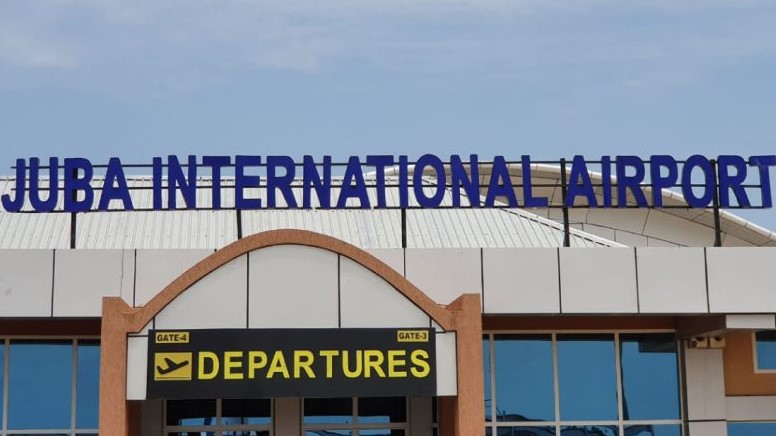South Sudan launches new air traffic management system

July 5, 2021 (JUBA) – South Sudan Civil Aviation Authority (SSCAA) has announced the launch of a state-of-the-art online system, which allows the opening of new routes.
The newly established lower airspace, launched in partnership with aviation solutions provider NavPass, will boost tourism and generate revenue for the economy, the aviation body said.
Through the system, operators of commercial, cargo, and aid aircraft can now integrate Juba International Airport into their routes.
“Through this partnership with NavPass, South Sudan will see higher volumes of aviation trade, greater business opportunities, and improved route efficiency, safety, and reliability,” explained Capt. David Subek Dada, SSCAA’s Chief Executive Officer (CEO).
He added, “This marks a crucial step towards a more prosperous future for the whole of South Sudan through additional direct and indirect economic activity.”
The airspace system launch marks a significant milestone in the ongoing expansion of South Sudan’s sovereign infrastructure and its continued integration into the global marketplace, SSCAA noted.
Speaking during the launch of the air traffic management system, Tom Perkins, the CEO of NavPass said the establishment of internationally compliant and globally accessible airspace is a critical and symbolic move for the country in building economic potential, connectivity and business.
“For every dollar invested in sovereign airspace, capacity translates into between five and 20 dollars of economic impact. We’re proud to be working with governments across the world, including South Sudan, to optimize and monetize airspace, bridging the divide between nations,” he noted.
Built on the global-standard Performance-Based Navigation (PBN) system, South Sudan’s airspace reportedly uses an AI-powered platform to record all flights in real-time. The system automatically collects more than 99% of eligible fees, compared with the 70-80% collected by some of the world’s largest economies.
(ST)
